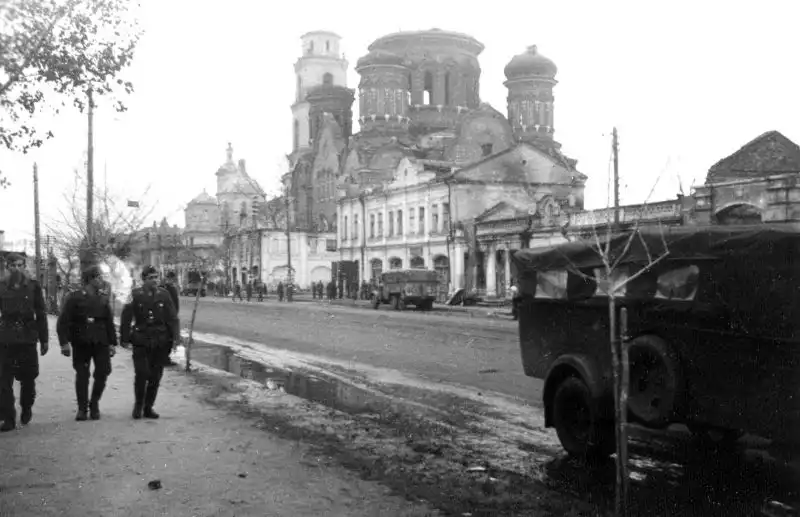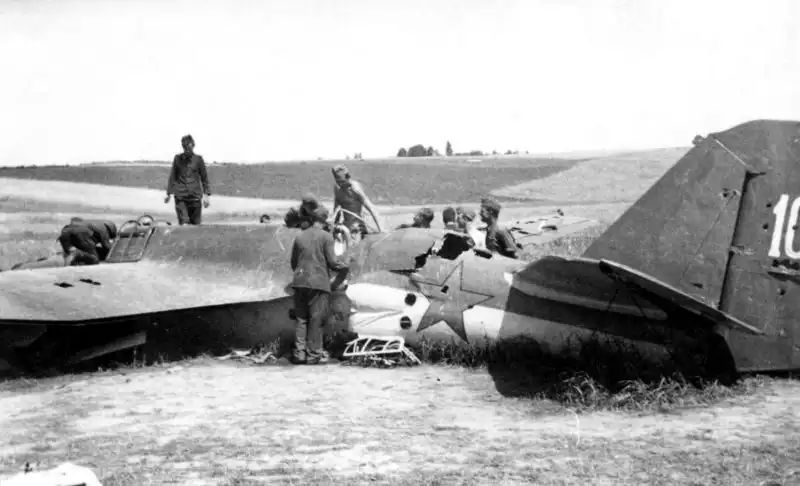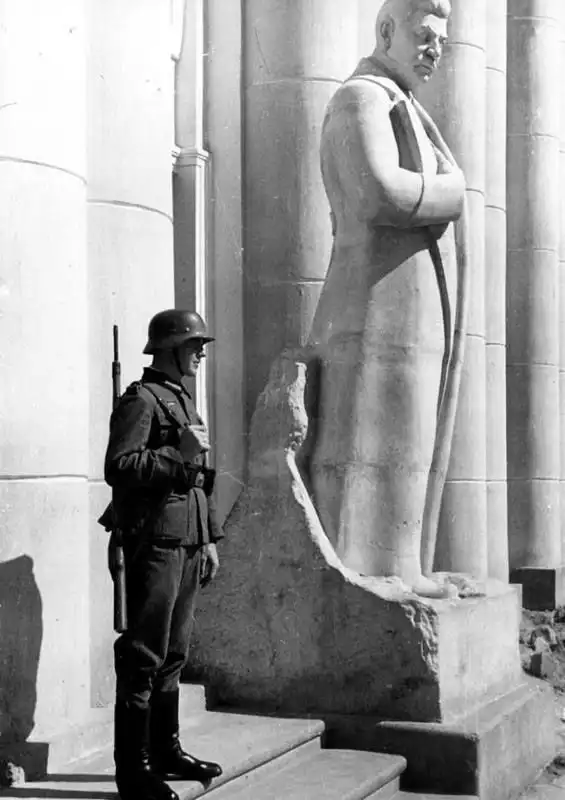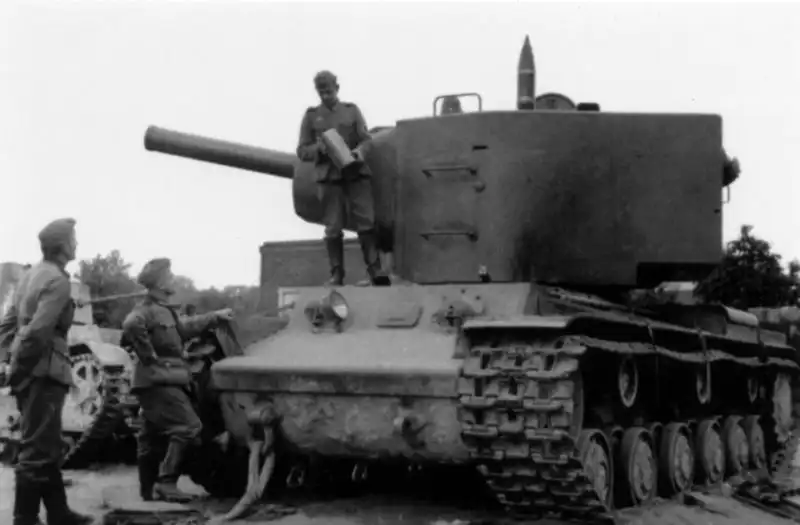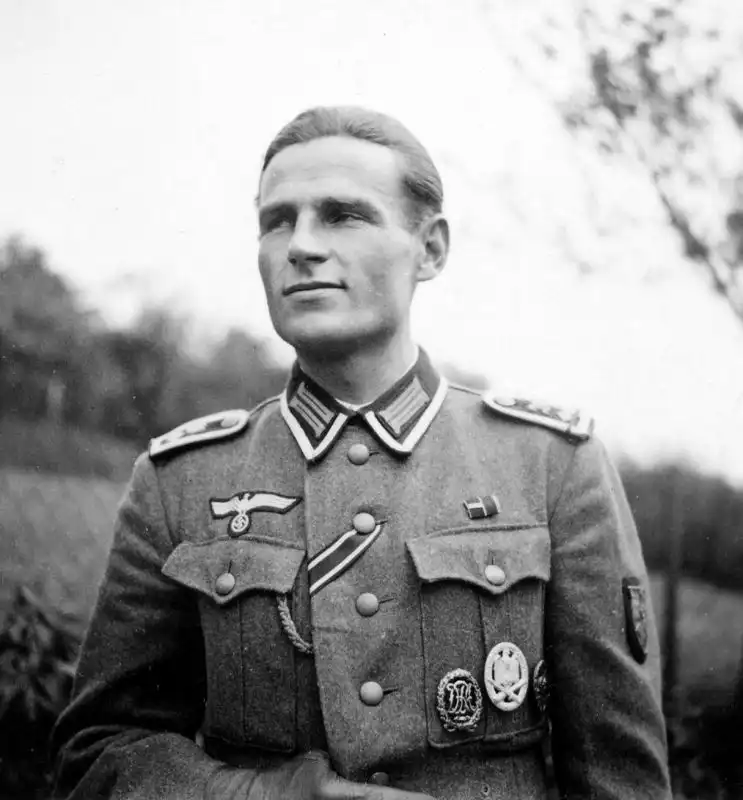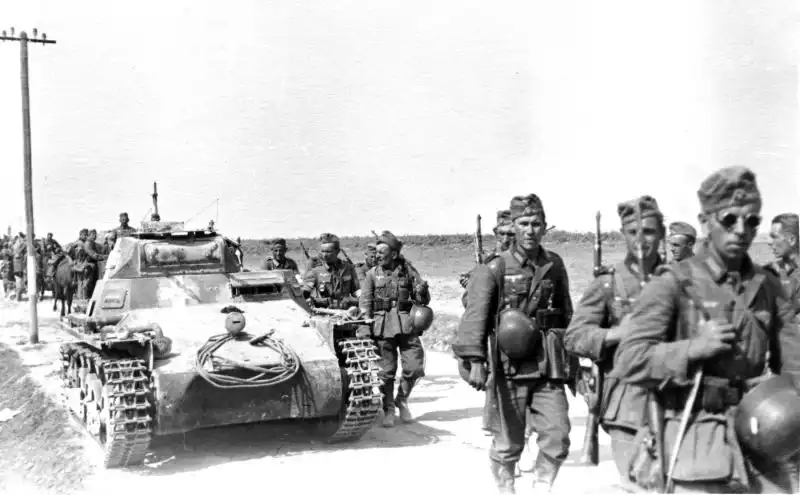First Roar of the Tiger: German Tiger I Prepares for Battle at Mga Station
June 9, 2025 - Reading time: 4 minutes
German troops inspect and attempt to repair Tiger I tanks shortly after their arrival near Leningrad. Most suffered mechanical failures even before entering combat.
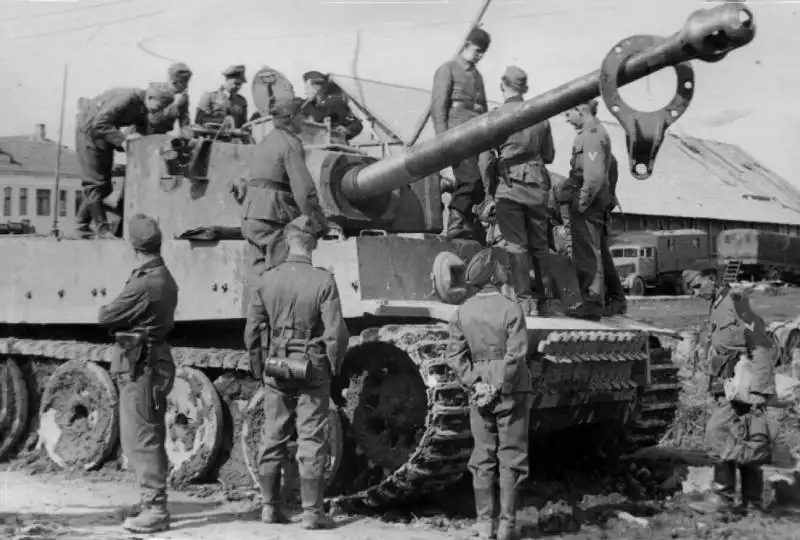
The photo captures a pivotal — and ironic — moment in the history of Nazi Germany’s armored warfare. It’s August 1942, and the first Tiger I tanks (PzKpfw VI) are being unloaded from rail platforms at Mga Station, not far from the besieged Soviet city of Leningrad.
The Germans had big ambitions for these monstrous machines: to unleash their 88mm guns against Soviet positions and punch through the frontlines with unstoppable force. But almost immediately, reality hit them like a frozen sledgehammer. Mechanical failures plagued the Tigers. Two tanks broke down due to gearbox issues. A third caught fire from an overheated engine.
Soviet mud, combined with the massive weight of the vehicle and rushed logistics, exposed the Achilles’ heel of Nazi engineering: complexity and fragility under real battlefield conditions.
In the background, a Büssing-NAG 4500 S-1 truck — standard Wehrmacht logistics workhorse — sits idly by, perhaps waiting to tow away yet another failed “wonder weapon”. Though fearsome on paper, these early Tigers were more dangerous to their crews than to the enemy, at least in their first chaotic days on the Eastern Front.
The irony? The Soviets hadn’t even engaged them yet — and already the Tigers were bleeding oil and breaking down in Soviet mud.
📷 Technical photo data:
📸 Photographer: Unknown Wehrmacht personnel
🌐 Source: German military archive (recovered postwar)
📅 Date: August 1942
📍 Location: Mga, Leningrad Oblast, USSR
-
"Tiger I first battle WWII photos"
-
"German heavy tanks Eastern Front"
-
"Mga Station Tiger tank 1942"
Tags
Category
Search
Categories
- Unidentified WWII Photos (12)
- World War II Photos 1937 (1)
- World War II Photos 1938 (1)
- World War II Photos 1939 (3)
- World War II Photos 1940 (5)
- World War II Photos 1941 (98)
- World War II Photos 1942 (54)
- World War II Photos 1943 (48)
- World War II Photos 1944 (76)
- World War II Photos 1945 (40)
- WWII and Postwar Photos 1946 (1)
